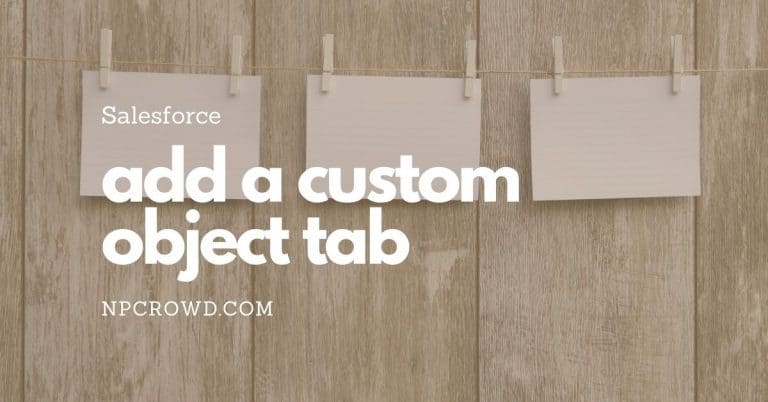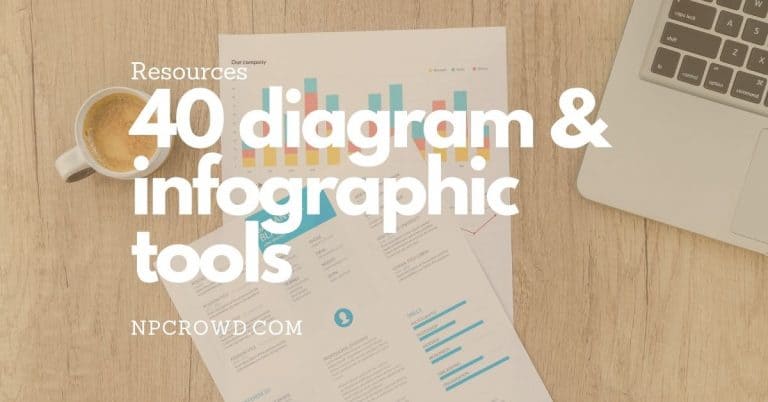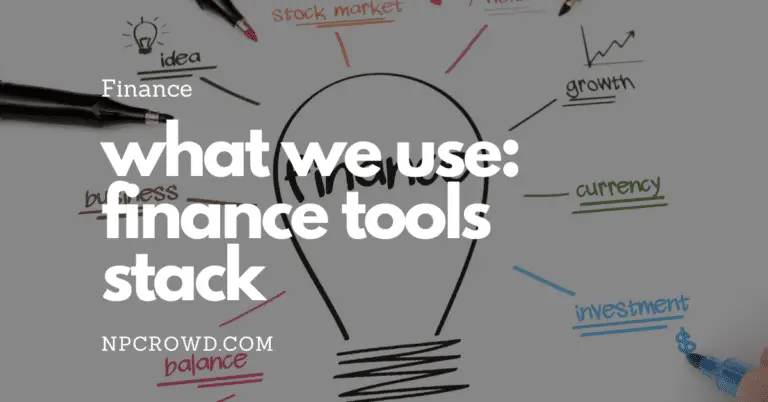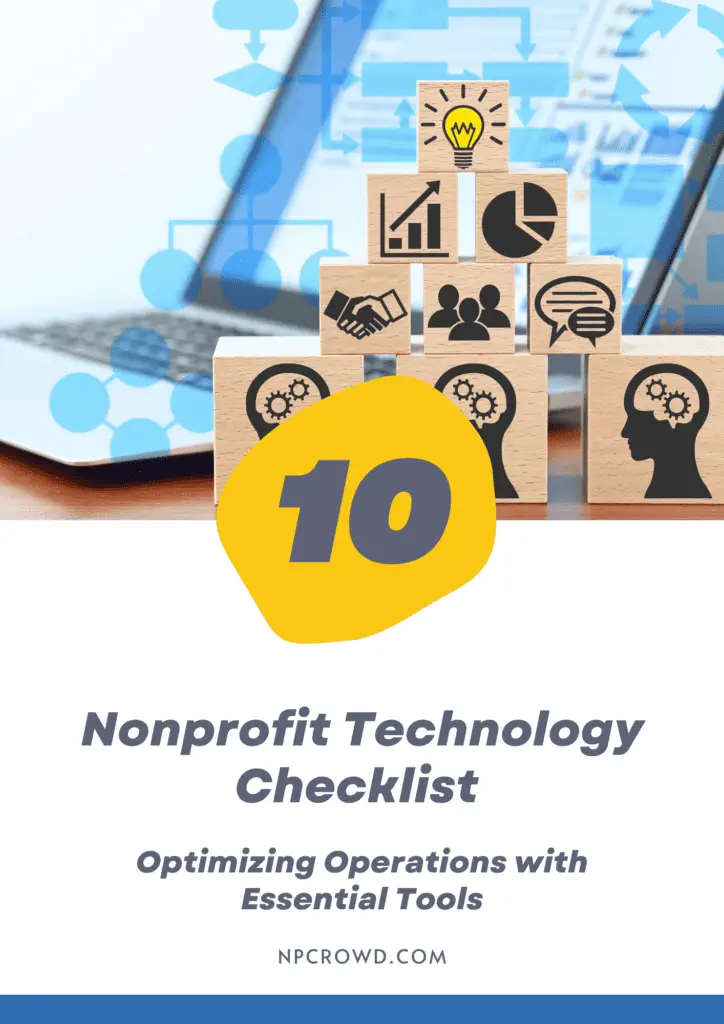Successful Web Projects Using Growth-Driven Design
Disclaimer: This post may contain affiliate links. These links, if used and purchases made, we may earn a small commission. These affiliate programs do not impact the recommendations we make or the resources we refer you to. Our focus is on providing you the best resources for your nonprofit journey.
Mission-driven organizations like nonprofits have a history of challenges when it comes to creating and effectively implementing a web design project.Traditional approaches make it difficult to succeed with anything other than a web face-lift. Given the current times, our websites need to be much more than a digital brochure.
Let’s see how Growth-Driven Design is a better option.
What Is A Traditional Web Design Process?
A traditional web design process is one that begins with the need for a “new” website. The organization reaches out to a web design and development agency that goes through a process of discovery with the client.
From that discovery, both navigation, structure, and design elements are shown to the client to provide feedback. 90-days later, a new website is launched and most folks are happy.
After launch, the website sits with few changes for 1.5-3 years. During that time technology changes, audience needs change, and even design trends grow stale. What was once a flagship website now looks dated, old, and has less traffic.
What Are The Challenges Of A Traditional Web Design Process?
Traditional web design processes have a number of challenges that lead to a high failure rate of projects.
Before we talk about growth-driven design as a more successful approach, let’s look at the specific challenges of traditional projects.
1. Lack Of Web Strategy
The lack of a web strategy is not necessarily inherent to traditional web design processes exclusively but is unfortunately very common. Failure to have a strategy will prevent you from achieving your goals.
Your website should be thought of as your digital storefront. It describes who you are, what you do, and why you do it.
If you follow a Story Brand approach, your website is where you explain the problems your audience is experiencing, what it looks like once they have engaged with you, and how you help guide the hero customer to that new place.
But your website is just one part of your digital strategy. Even when the entire world is suddenly working from home, your website is one piece of the puzzle.
Many organizations are just looking for a “new” website without taking the time to determine what role it will play in their marketing and/or service delivery strategy. This is a crucial first step.
Stop and create your strategy before proceeding further.
2. Huge Time Investment
With a 90-day traditional website project, there is a significant commitment of staff and vendor resource time required. These projects are attempting to solve every problem and achieve every result desired in a short time frame.
This time commitment causes huge disruptions in already packed schedules, existing projects, and valuable meeting time.
Let’s say you have the President/Executive director, advancement team lead, communications/marketing lead, programs lead all spending half a day per week, you are looking at 16 person-hours per week or 192 hours during the course of a 90-day project.
That is disruptive in a growing organization.
3. Large Upfront Costs
Using a traditional web design approach, you are spending all your budgeted project funds over a 90 day period. Boom!
And yet, what guarantee of return do you have? None!
Trying to cram the entire wish list into a single project, in a short time, for a fixed budget is a recipe for dissatisfaction. That is not going to be the best use of financial resources.
Considering a typical small website redesign project is $15,000 to $30,000, projects like this can be a cash flow crunch. What if you could spread that over a 12-month timeframe and ensure more success?
4. Delivers Late and Over-Budget
Would it surprise you that small to medium-size web redesign projects typically run 3-5 months late and 40% over budget? And it can get worse.
Great budget managers will keep the project on budget, but at a lower level of functionality with poor customer satisfaction.
This is similar to the old waterfall software design problem.
You specify what your audience wants based on information say from the past year.
The team spends an incredible amount of time on the project. But, while everyone agreed to the high-level needs on the whiteboard in the planning meeting, each person has a different interpretation of what that means and how it is supposed to look or work.
This leads to project delays and increased costs due to rework. There must be a better way.
5. Built On Opinions
One of the most devastating problems with the traditional approach is that the entire site is built upon an organization’s internal opinions (assumptions) of what their customers want and need.
Have you ever heard that you can be too close to an issue to be objective? Many organizations fall into this trap.
Without empirical information, how do you know that your opinion is actually correct?
This is where growth-driven design is a better process.
Why Is Growth-Driven Design Better Than Traditional Processes?
There is a better way, Growth-Driven Design (GDD). The GDD approach actually has its roots in 2016 as agile development and Scrum took a solid hold on the world of software development.
When applied to website design, you get many benefits including quicker launches, spreading the financial investment, more predictable results, and continuous improvements based upon data-driven decisions.
Let’s look at these benefits.
1. Quick Launch and Iterate
In a GDD project, you are focused on the long-term while recognizing the need for speed.
A GDD project allows the team to review its strategy and determine the must-haves for a new website launch. This may include a design refresh along with acknowledging specific features.
Ultimately, the team will identify the critical items for the initial MVP (Minimally Viable Product) website launch.
This gets your new website launched quickly and then immediately begins the process of 30-day cycles further developing the required features and functions of the site.
Iterating means the site is being improved every month based on information about what is working and what is not with your customers.
2. Invest Over Time
Since the website is being updated and improved every month rather than being fully built out all at once, you have the ability to manage the financial and resource impact over short sprints on specific topics.
You will spend less on the initial launch because it is the minimum of what is desired long-term. That frees up cash flow but ensures the minimal bar has already been reached.
In each 30-day sprint cycle, the teams will focus on a few key next steps. That means only the needed personnel are required to spend time on specific features.
For instance, if the feature focus this month is a landing page, form, and A/B testing of a recurring donation online giving form, does the program team need to be involved? No. Free them up to work on other program priorities this month.
Next month may be a landing page with a program registration form and the programs and marketing folks are needed but maybe the executive director or president is only needed for quick feedback and final approval.
This process maximizes staff time without being on projects and in meetings that are not crucial for them.
3. On-Time and On-Budget Launch
When your team works in bite-size chunks, estimating effort and costs is more accurate.
This allows for the best estimation of time in order to accomplish the next feature or update which in turn keeps sprints on track and launch on time.
This helps your operating bank account in two ways.
First, a more accurate estimation of effort prevents cost increases by limiting scope and time frame.
Second, with a more focused set of things to work on, staff are more efficient as there is less context switching and needing to remember what was decided seven weeks ago. All efforts are in the here and now.
4. Data-Driven Decisions
In my experience, using data-driven decision-making is the most important piece of growth-driven development principles.
The key is to define metrics for what you expect to see. Make changes, and then measure the results before proceeding further.
For instance, if a new program registration landing page is being created, how will you know if it is successful. Perhaps it is the number of conversions. Maybe you measure the number of started versus completed registration.
Define the measuring stick of success. Then, measure the results. Was it what you expected? Can you make it better?
You will never know the answers if you don’t start defining and measuring success. This is a critical ingredient to maximizing your digital investments.
Our friends at NextAfter are masters of this when it comes to digital fundraising optimization.
5. Month Over Month Improvement
GDD is all about right-sized chunks of work as they are needed and measuring the results to make them better.
When you begin measuring success with empirical data, you are giving your organization the gift of improvement.
No longer will your team guess about what is working and what is not, they can show it. When you can see what is working and what is not, you can prioritize how your budgeted dollars are spent each month. This means you are making more real-time decisions with an increased chance of success.
Targeted, realistic, high-accountability decision-making each and every month.
Look at it this way. You don’t invest in a mutual fund that has no history, just a bunch of differing opinions. You want to see the rate of return, how has it done over time. Is its performance trending up or down?
Your website is an investment and needs to be treated like one.
Conclusion
Growth-Driven Design (GDD) is an approach to website design and redesign that helps maximize the dollars a nonprofit puts toward web initiatives.
Working with a nonprofit consulting firm or agency that uses GDD will improve the investment of time and dollars for any organization. 30 day sprints, measurable results, iterative processes, and data-driven decisions all contribute to significant increases in satisfaction both within the organization and with your clientele.
According to one study, organizations utilizing growth-driven design experienced 16.9% increase in lead generation and 11.2% increase in revenue after 6 months. I bet you would be very excited about those improvements.
References
- https://www.impactplus.com/blog/how-much-does-a-website-redesign-cost
- https://www.nextafter.com/research/
- https://blog.hubspot.com/marketing/how-to-run-a-lean-mean-nonprofit-marketing-machine
- https://designers.hubspot.com/blog/growth-driven-design-certification







